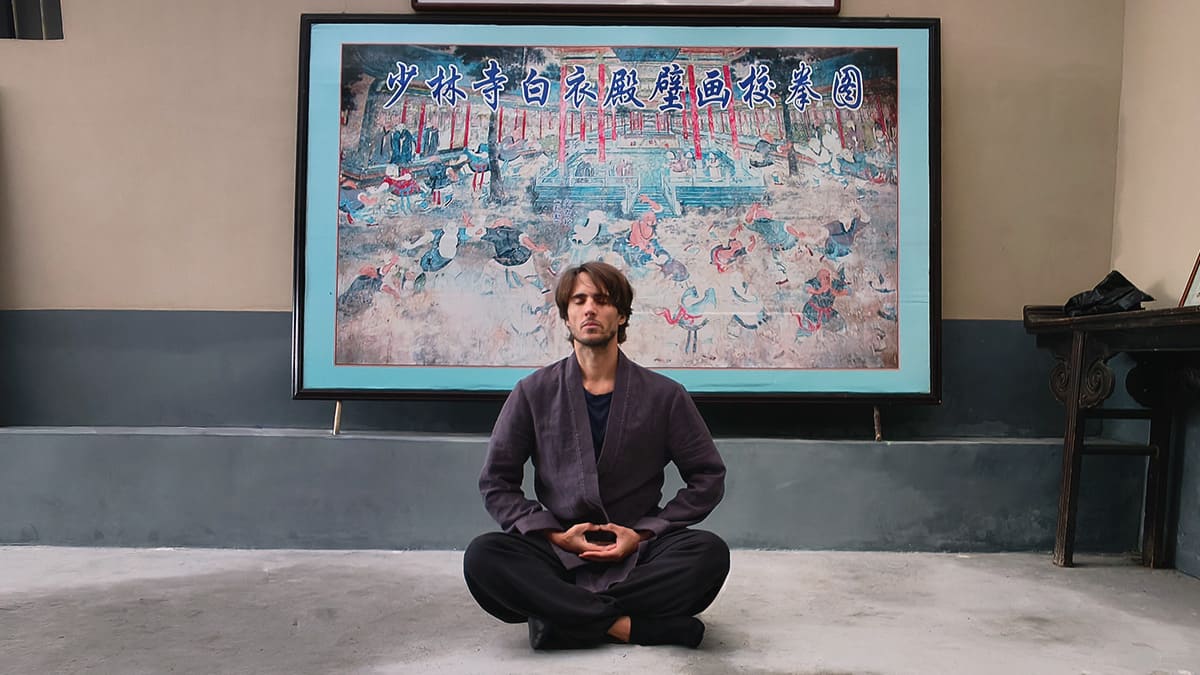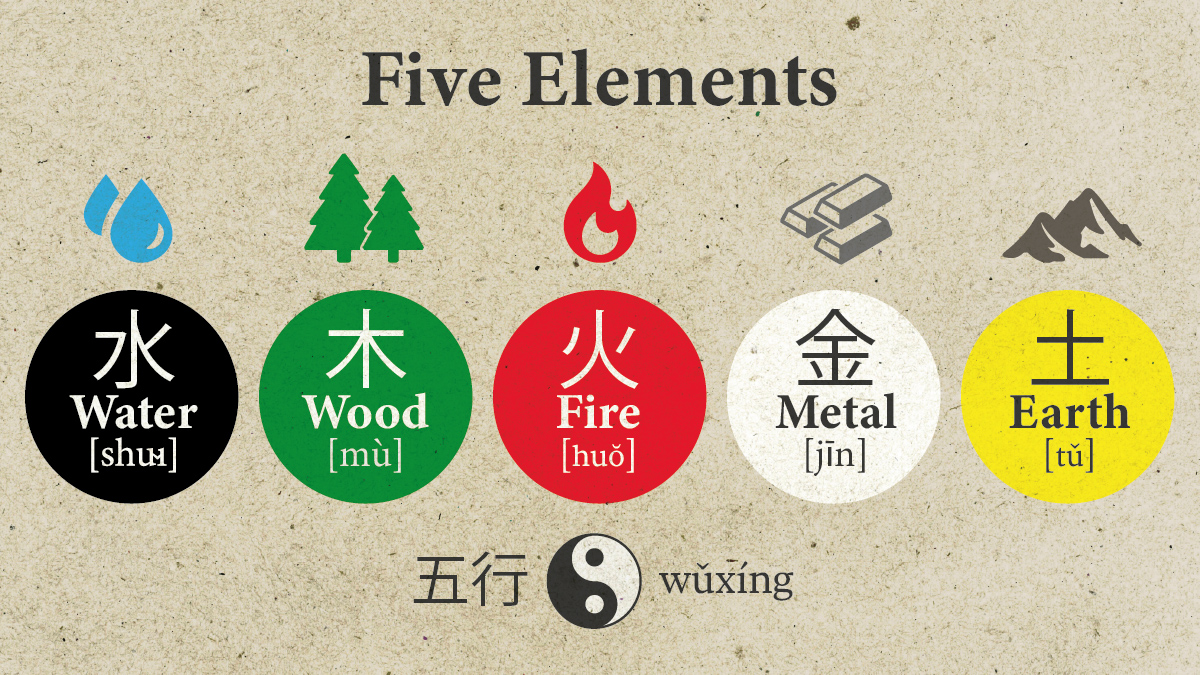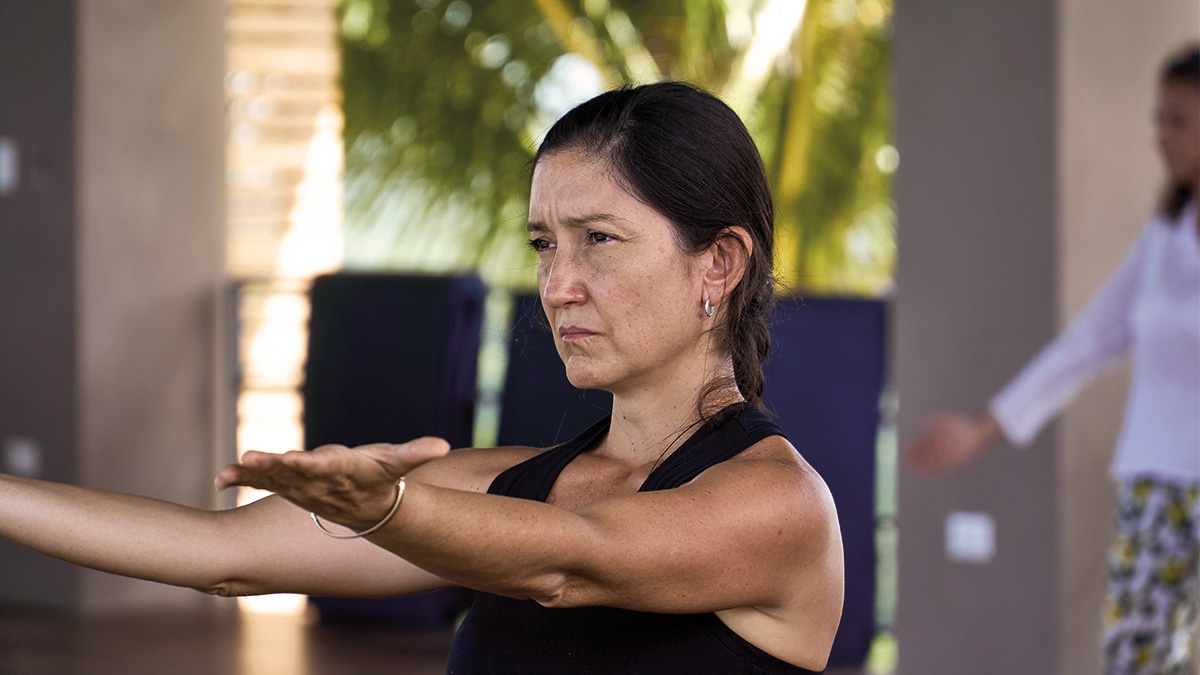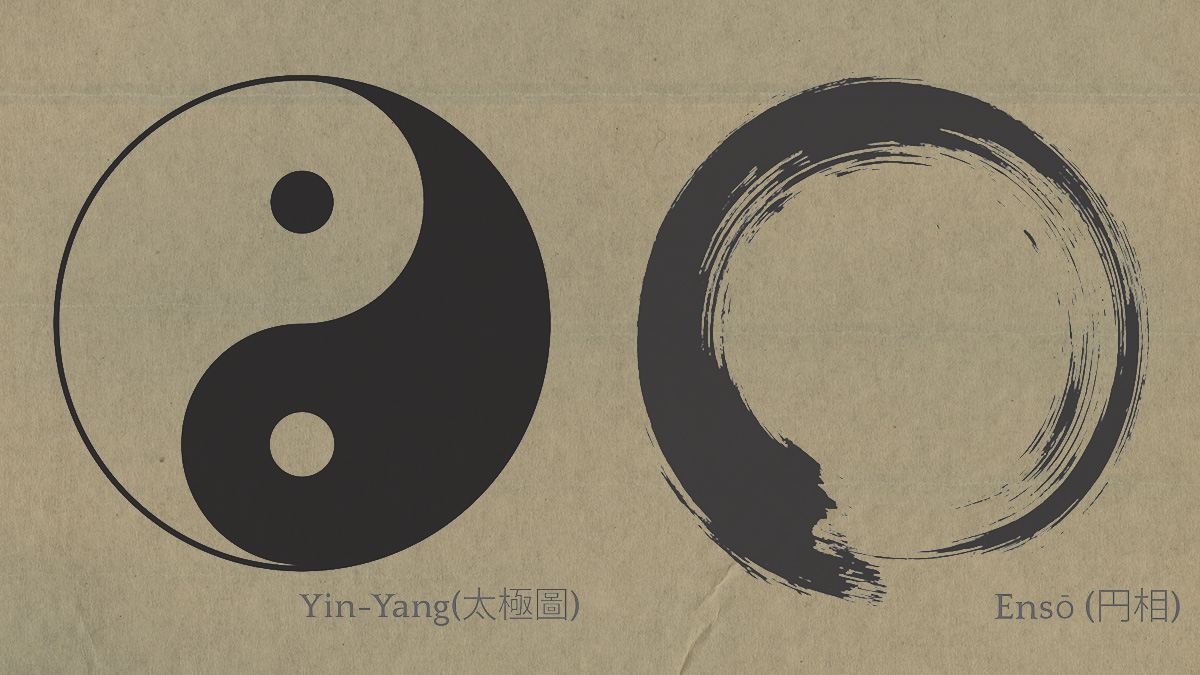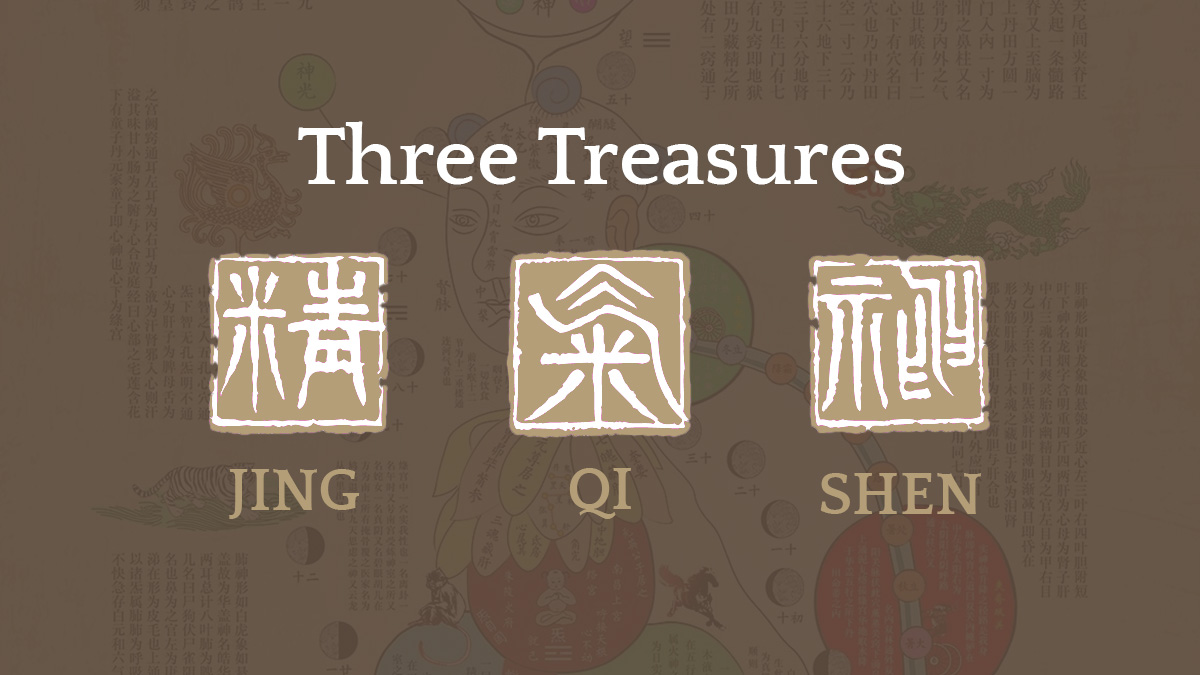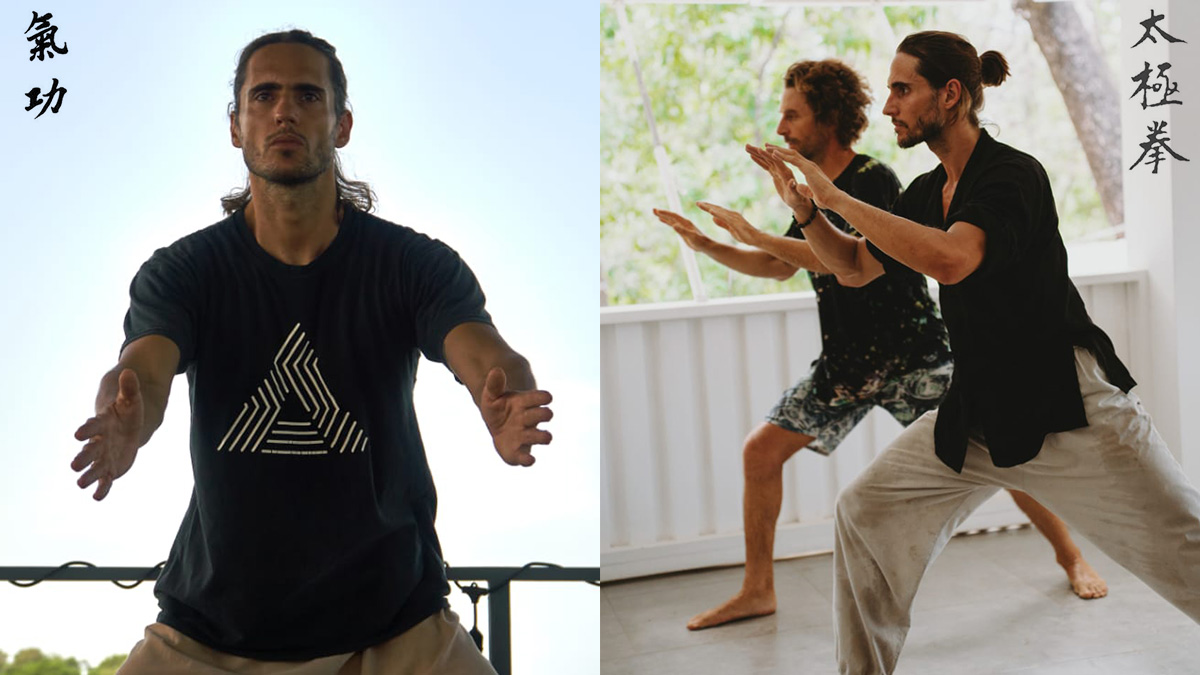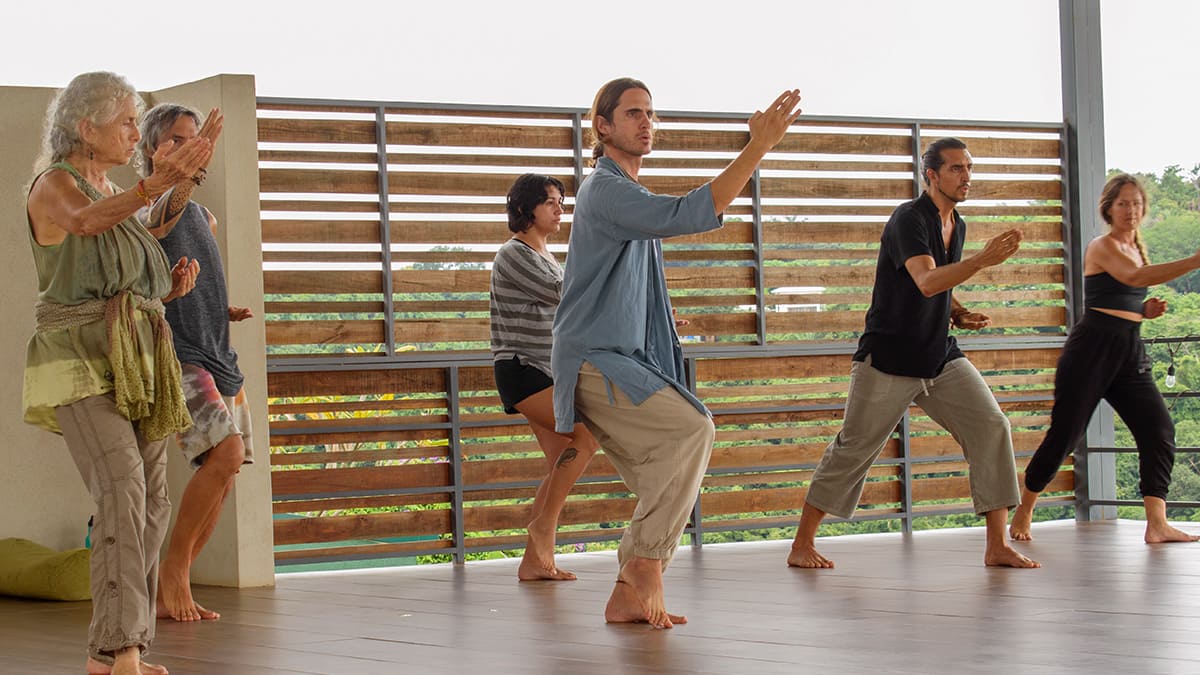Used in Traditional Chinese Medicine to clear excess Fire, Artemisia annua became the key to curing malaria. The herb inspired a Nobel Prize — and remains a vital part of global medicine today.
Aknanda Wellness Blog: Qigong, Zen, Meditation and Taichi for Modern Life
Aknanda Blog is a space for those who want to explore Qigong and Taichi beyond technique. Guided by Bharu, it offers updates on the benefits of these practices together with teachings on TCM, internal martial arts, and Taoist and Buddhist philosophy. This mental wellness blog also explores energetic cultivation, mindful movement and zen inspired ways of living, inviting readers to enjoy a more balanced, embodied and present life.
Neigong (Internal Work): the Taoist Art of Inner Cultivation in Qigong
Neigong is not a technique, but a quiet path into the center of being. Within the body as a temple, we cultivate the invisible: essence, energy, and consciousness.
The Five Elements in Chinese Medicine: Wu Xing, Organs, Emotions and Vital Energy
“When people ask What are the 5 elements of nature?”, most think of Earth, Water, Air, Fire — and maybe Ether. But in Chinese philosophy, the answer is different — and deeper. Discover Wu Xing: the Five Phases that shape emotions, organs, and the energy that flows through your body and breath.
The Beaches of Nosara, Costa Rica A Wellness-Focused Guide to Surf, Silence, and Soulful Practice
Plan your trip to Nosara, Costa Rica with a guide designed for travelers seeking beaches, surf, wellness, great food, and nature. From where to go and what to do to how to prepare, this Nosara Travel Guide gives you everything you need for a smooth, meaningful, unforgettable visit.
Mindfulness or Tai Chi: Which Works Better for Improving Mood During Cancer?
A new clinical trial shows that both mindfulness and tai chi can help improve mood and emotional health in people with cancer — including those with breast cancer. These gentle, evidence-based practices may support mental well-being as part of a complementary therapy plan.
Qi, Prana, and Ki: What Is Vital Energy in the East and How Does Qigong Cultivate It?
In this article, we explore the concept of vital energy as understood in Chinese, Indian, and Japanese traditions—known respectively as Qi, Prana, and Ki. We’ll discover how practices like Qigong help us cultivate this life force to restore balance, health, and connection with our true nature.
Yin-Yang and Ensō: Symbols of Taoism and Zen
Circles are among humanity’s oldest symbols. They suggest wholeness, unity, and the infinite. In Eastern philosophy, two circles stand out: the Yin-Yang of Taoism and the Ensō of Zen Buddhism.
Three Treasures of Taoism: Jing, Qi, and Shen in Qigong
The Three Treasures—Jing (精), Qi (氣), and Shen (神)—are the essence, energy, and spirit of human life in Taoism. They appear in classical texts and remain central to Qigong practice today, guiding the cultivation of health, balance, and spiritual growth.
Wu Wei in Taoism: The Art of Effortless Action for Mind, Body, and Energy
Wu Wei, often misunderstood as “doing nothing,” is a central concept in Taoism. It means effortless action in harmony with the Dao. This guide explains its meaning, its roots in classic texts, and how it connects to Qigong and daily life.
Dao in Taoism Source of Life and Way of Harmony
The Dao is both the origin of life and the path to harmony. This article explains the Dao in simple terms for beginners, while also offering depth for advanced practitioners. Learn how the Dao connects to Qigong, yin-yang, the Five Elements, and practices like wu wei and internal alchemy.
Health Benefits of Tai Chi: What Science Says About “Meditation in Motion”
Wondering what benefits does Tai Chi have or is Tai Chi good exercise? Backed by modern research, Tai Chi is more than graceful movement—it reduces stress, strengthens balance, protects joints, and supports heart and brain health. In short: is Tai Chi good for you? Absolutely. Here’s what are the benefits of Tai Chi.
What Is the Difference Between Tai Chi and Qigong
Tai Chi (Taijiquan) and Qigong are two ancient Chinese practices often seen side by side in parks, retreats, and wellness programs. Both feature slow, mindful movements, deep breathing, and a meditative quality that makes them accessible to people of all ages. Yet, they are not the same.
Qigong Explained: What It Is, How It Works, and Key Health Benefits
Benefits, Meaning, and How to Practice. Explore the meaning, health benefits, scientific evidence, and spiritual depth behind Qigong, an ancient energy cultivation practice rooted in Traditional Chinese Medicine, Taoism and Buddhism. This guide covers how Qigong works, who it is for, and how to begin your own journey through breath, movement, and awareness.
Qigong vs Yoga: Key Differences, Benefits, and How to Practice Both
Qigong vs Yoga: Two Ancient Practices, One Journey to Health and Energy
Qigong Meditation for Beginners
What is Qigong Meditation? Traditional Meditation versus Qigong Meditation, what are the differences? Modality. Tips for beginners.


